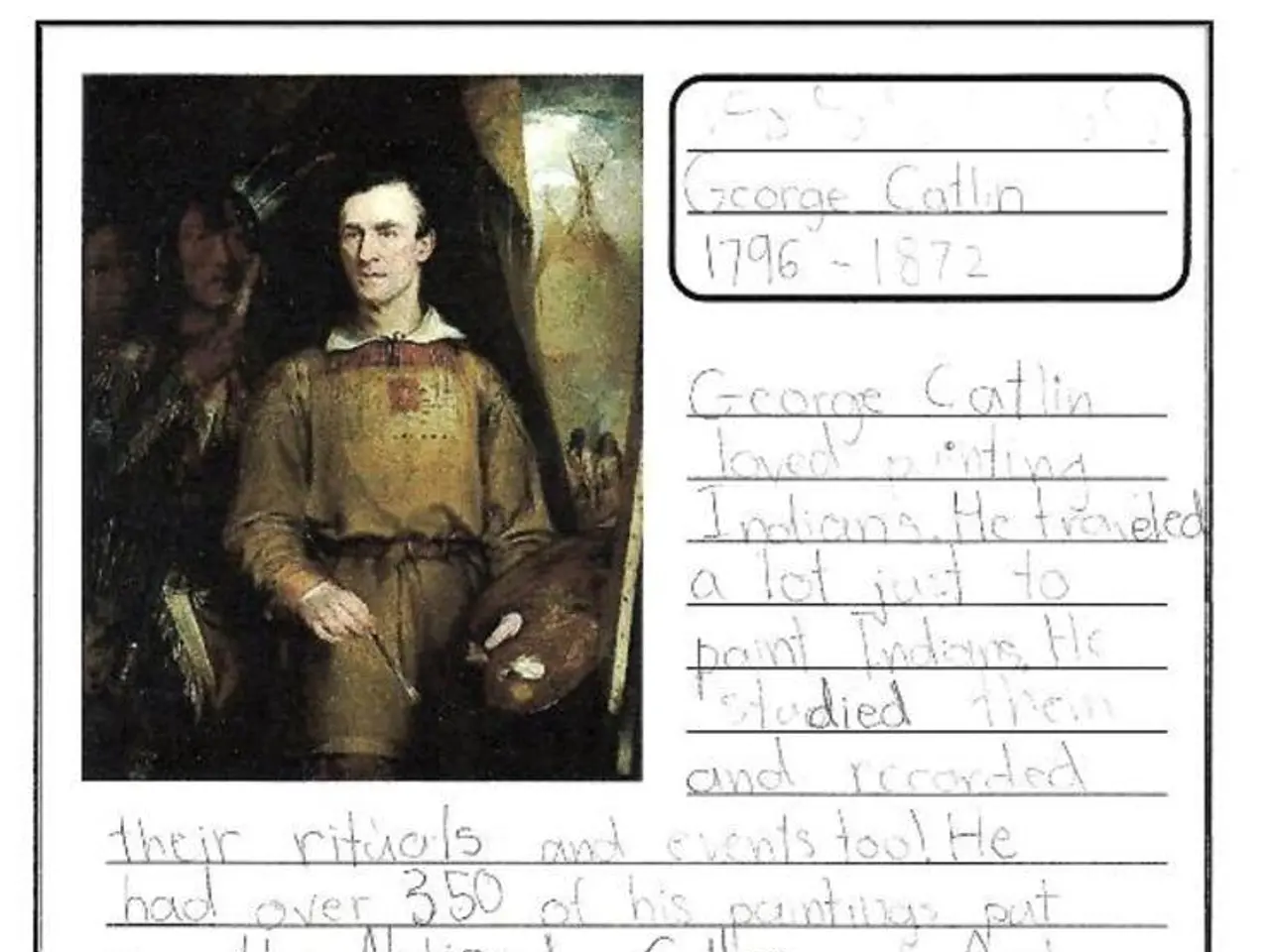AI developed by DeepMind is reimagining the chronicles of Ancient Rome.
In a groundbreaking development, Google DeepMind has unveiled Aeneas, an artificial intelligence (AI) tool that is set to revolutionize the study of ancient history. Aeneas combines natural language processing (NLP) and computer vision to restore, interpret, and analyze fragmented Roman inscriptions with unprecedented speed and context awareness [2][3][4].
This innovative AI tool uses a generative neural network, integrating textual analysis with visual data of the inscriptions. This allows the system to understand and recreate incomplete texts by comparing fragments to a vast database of Latin inscriptions, identifying parallels and providing context for interpretation [2][4][5].
Aeneas offers several key innovations:
- Speed and scale: Tasks that once required physical archive visits and long study can now be performed digitally and rapidly, allowing testing of hypotheses over the broad Mediterranean rather than local regions [2].
- Improved access and equity: Researchers globally gain fast access to inscription data that previously required travel to major libraries or sites [2].
- Enhanced discovery: The AI’s broad baseline identifies outliers and rare inscription forms that may have been missed, enriching historical understanding [2].
- Transparency: Includes tools like saliency maps and peer-reviewed benchmarks to allow scholars to critically assess the AI's outputs [2].
- Integration of vision and language: Combines optical character recognition, word embeddings, retrieval, and generative restoration into one system, enabling the reconstruction of both text and context from damaged stone artifacts [2].
By freeing human historians from much of the manual, time-consuming decipherment labor, Aeneas allows more focus on drawing connections across the ancient world and modeling historical uncertainty in new ways, reshaping the methodologies of epigraphy and ancient historical research [4][5].
One of the most significant achievements of Aeneas is its ability to detect connections that were previously impossible due to their volume or complexity. For instance, Aeneas analyzed the Res Gestae Divi Augusti, the imperial autobiography of Augustus, and identified political parallels that had gone unnoticed for centuries [1].
Moreover, Aeneas models historical uncertainty by proposing a range of hypotheses with different levels of probability. It identifies common names, regional writing patterns, or shared rhetorical structures between different authors and eras in a matter of seconds [2].
In the case of the Res Gestae Divi Augusti, Aeneas proposed two plausible time intervals for the inscription: between 10 BC and 1 AD, and between 10 and 20 AD [1]. The system also detected stylistic and legal echoes with Roman legal texts, suggesting that the inscription was not just a testimonial autobiography, but a carefully designed piece of propaganda to legitimize the emperor’s power [1].
Yannis Assael, a computer scientist at DeepMind, stated that Aeneas represents a new way of thinking about the past [1]. Mary Beard, a historian at Cambridge University, declared Aeneas as a transformative tool that democratizes access to historical reconstruction and reduces human error [1].
Over 90% of epigraphists who tested the tool found it useful for dating and locating inscriptions [1]. Aeneas processes images of inscriptions in addition to plain text, combining textual and visual content [1].
This collaboration between Google DeepMind and several universities, including Oxford, Warwick, Nottingham, Athens, and Cambridge, represents a significant step forward in the digitalization and analysis of ancient texts [1]. With Aeneas, the study of ancient Roman history is set to enter a new era of speed, accuracy, and insight.
Aeneas, the AI tool developed by Google DeepMind, incorporates artificial-intelligence and technology, particularly in the form of a generative neural network, to revolutionize the study of ancient history [1]. By integrating textual analysis with visual data, Aeneas can understand and recreate incomplete texts through comparison with a vast database of Latin inscriptions [2][4][5], thus demonstrating its use of technology and artificial-intelligence.




